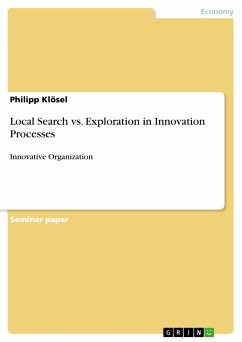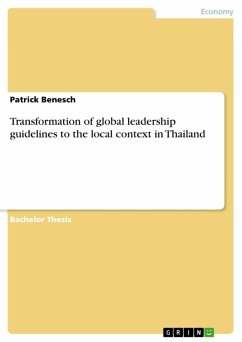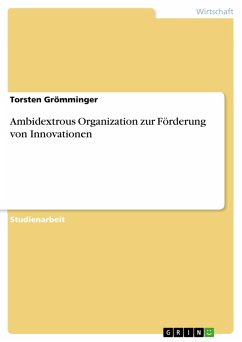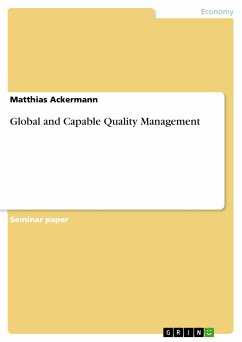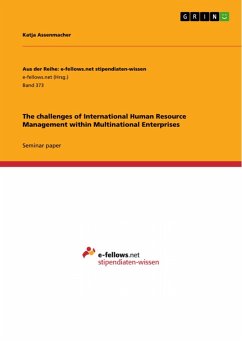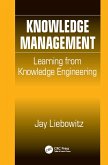Seminar paper from the year 2008 in the subject Business economics - Business Management, Corporate Governance, grade: 2,3, Free University of Berlin (Fachbereich Wirtschaftswissenschaften ), course: Seminar Innovative Organization, language: English, abstract: Internationalization, shorter product life cycles and increasing complexity have lead to a situation in today's world where organizations around the globe, on every level of the innovation process and in every industry, face increasing competition. Especially affected by these characteristics are high-tech industries, which are often characterized through a high rate of product novelties, cutting edge technology and rapidly changing industry standards. Examples for hightechnology industries that have been used in academic journal articles and that have been subject to empirical research are the robotic industry, the semiconductor industry and the optical disc industry. Especially in those industries organizations rely on constant and ongoing innovation to create and sustain competitive advantages and, therefore, to stay in business. Those innovative companies that constantly innovate and that are characterized through a high level of entrepreneurship can also be illustrated as "knowledge-creating companies" or "learning organization". But what makes them so innovative? How do they choose an innovation style? How is innovation managed? My point in this paper will be that innovation management should be able to answerer the following three questions: "How?" Which innovation style is used "When?" On which level of the innovation process is a style used "Why?" Reason for the innovation style used on that level These questions seem to be most important since Fagerberg states in the introduction of the Oxford Handbook of Innovation: "In spite of the large amount of research in this area during the past fifty years, we know much less about why and how innovation occurs than what it leads to." Additionally, the question of "when?" is added to conceptualize the innovation process into dependent innovation process levels that follow each other in a distinct order. To answerer these questions I will start with a general description of what innovation is, what exploration and exploitation are, I will describe the general setting in which organizations have to operate and what defines an innovative organization.
Dieser Download kann aus rechtlichen Gründen nur mit Rechnungsadresse in A, B, BG, CY, CZ, D, DK, EW, E, FIN, F, GR, HR, H, IRL, I, LT, L, LR, M, NL, PL, P, R, S, SLO, SK ausgeliefert werden.

